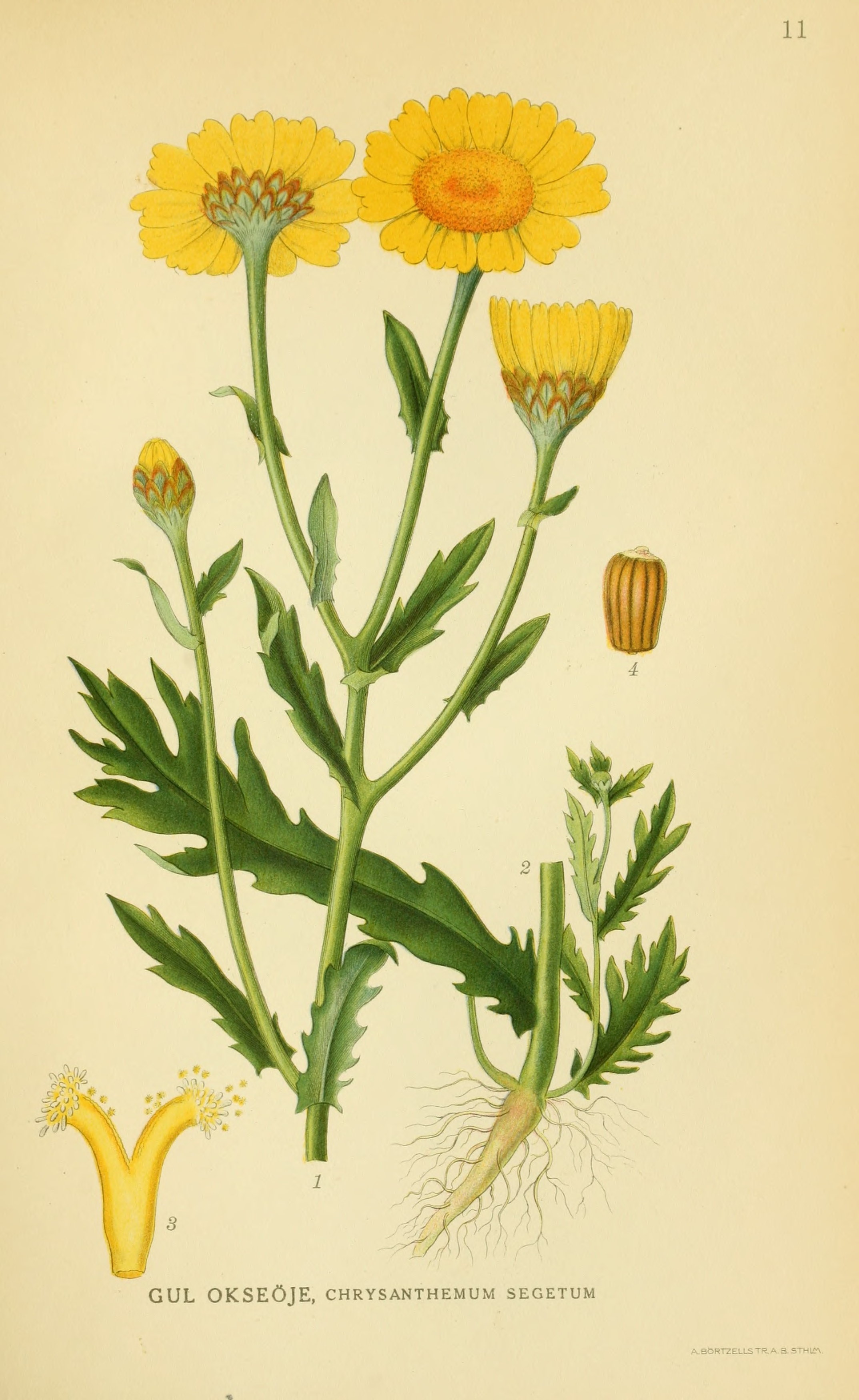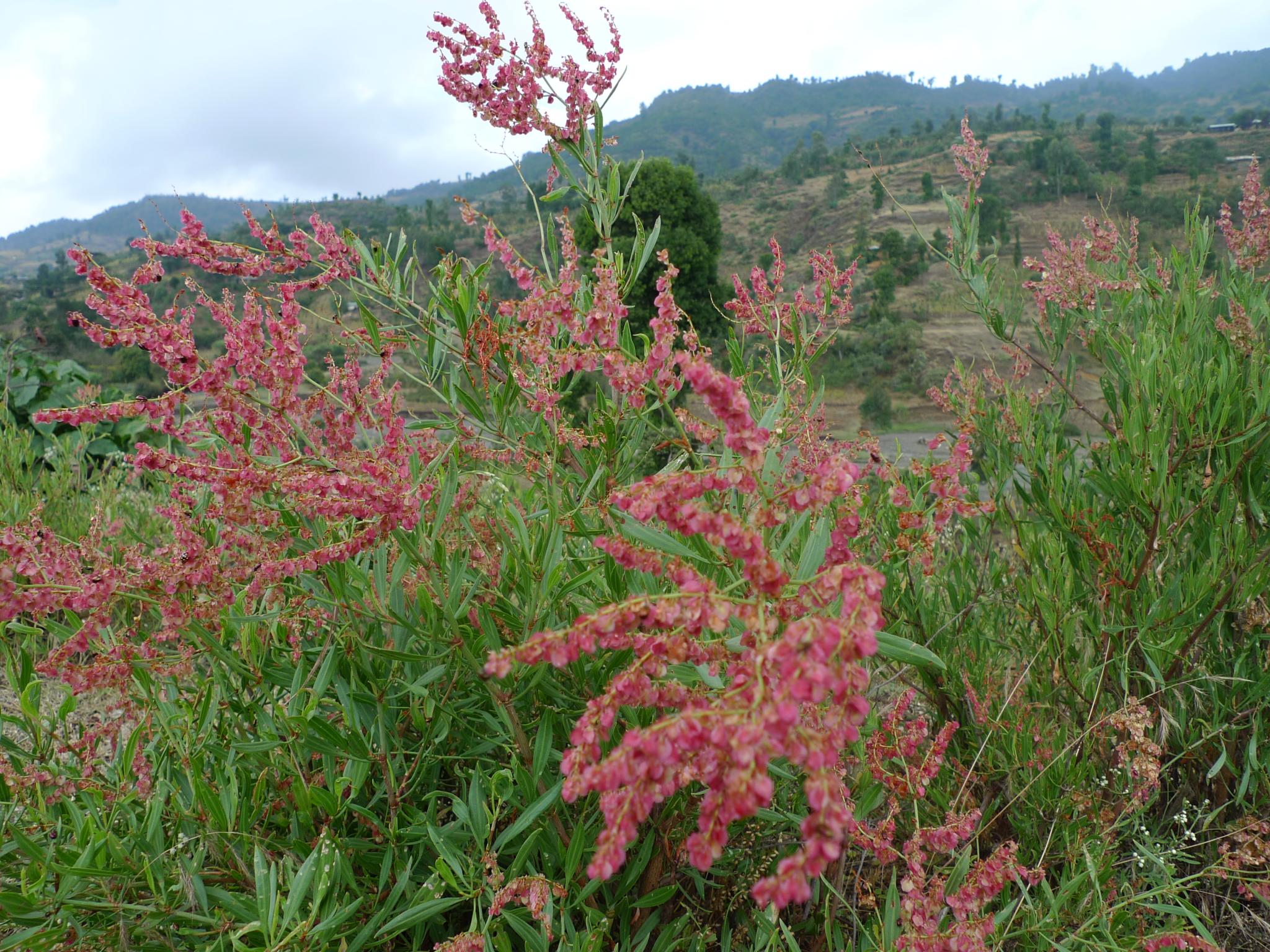|
Cnephasia Communana
''Cnephasia communana'' is a moth of the family Tortricidae. It is found in Europe. The wingspan is 18–22 mm. The forewing is rounded and relatively contrastingly marked, the background colour is grey with clear brownish sprinkling, and there are three fairly wide, but very irregular, grey-brown cross bands. The hindwings are grey-brown. The species relatively early flight time can be a good characteristic of distinguishing it from the other ''Cnephasia'' species. Adults are on wing from May to July. There is one generation per year. The larvae feed on various herbaceous plants, including ''Glebionis segetum'', ''Lotus'', ''Vicia faba'', ''Plantago'' and ''Rumex The docks and sorrels, genus ''Rumex'', are a genus of about 200 species of annual, biennial, and perennial herbs in the buckwheat family, Polygonaceae. Members of this genus are very common perennial herbs with a native almost worldwide dist ...'' References External linksUKmoths Moths described in ... [...More Info...] [...Related Items...] OR: [Wikipedia] [Google] [Baidu] |
Gottlieb August Wilhelm Herrich-Schäffer
Gottlieb August Wilhelm Herrich-Schäffer (17 December 1799 – 14 April 1874) was a German entomologist and physician. He was born, and died, in Regensburg. Herrich-Schäffer studied and collected particularly butterflies and moths ( Lepidoptera). He was chairman of the Regensburg Botanical Society () from 1861 to 1871, and was awarded an honorary citizenship of Regensburg in 1871. He wrote ''Systematische Bearbeitung der Schmetterlinge von Europa'' between 1843 and 1856, one of the most influential works on the higher classification of Lepidoptera of the 19th century. Many of the lepidopteran higher taxa recognized today were defined in this work for the first time. He based his classification mostly on wing venation. Parts of his collection went to Otto Staudinger at the Museum für Naturkunde in Berlin and M. J. Bastelberg at the Zoologische Staatssammlung München. Many Microlepidoptera in his collection were given to Ottmar Hofmann (1835–1900) at the Natural History M ... [...More Info...] [...Related Items...] OR: [Wikipedia] [Google] [Baidu] |
Moth
Moths are a paraphyletic group of insects that includes all members of the order Lepidoptera that are not butterflies, with moths making up the vast majority of the order. There are thought to be approximately 160,000 species of moth, many of which have yet to be described. Most species of moth are nocturnal, but there are also crepuscular and diurnal species. Differences between butterflies and moths While the butterflies form a monophyletic group, the moths, comprising the rest of the Lepidoptera, do not. Many attempts have been made to group the superfamilies of the Lepidoptera into natural groups, most of which fail because one of the two groups is not monophyletic: Microlepidoptera and Macrolepidoptera, Heterocera and Rhopalocera, Jugatae and Frenatae, Monotrysia and Ditrysia.Scoble, MJ 1995. The Lepidoptera: Form, function and diversity. Oxford, UK: Oxford University Press; 404 p. Although the rules for distinguishing moths from butterflies are not well est ... [...More Info...] [...Related Items...] OR: [Wikipedia] [Google] [Baidu] |
Tortricidae
The Tortricidae are a family of moths, commonly known as tortrix moths or leafroller moths, in the order Lepidoptera. This large family has over 11,000 species described, and is the sole member of the superfamily Tortricoidea, although the genus '' Heliocosma'' is sometimes placed within this superfamily. Many of these are economically important pests. Olethreutidae is a junior synonym. The typical resting posture is with the wings folded back, producing a rather rounded profile. Notable tortricids include the codling moth and the spruce budworm, which are among the most well-studied of all insects because of their economic impact. Description Tortricid moths are generally small, with a wingspan of 3 cm or less.Hanson, Paul E. (04-11-2018). Insects and Other Arthropods of Tropical America. Cornell University Press. Many species are drab and have mottled and marbled brown colors, but some diurnal species are brightly colored and mimic other moths of the families Geome ... [...More Info...] [...Related Items...] OR: [Wikipedia] [Google] [Baidu] |
Wingspan
The wingspan (or just span) of a bird or an airplane is the distance from one wingtip to the other wingtip. For example, the Boeing 777–200 has a wingspan of , and a wandering albatross (''Diomedea exulans'') caught in 1965 had a wingspan of , the official record for a living bird. The term wingspan, more technically extent, is also used for other winged animals such as pterosaurs, bats, insects, etc., and other aircraft such as ornithopters. In humans, the term wingspan also refers to the arm span, which is distance between the length from one end of an individual's arms (measured at the fingertips) to the other when raised parallel to the ground at shoulder height at a 90º angle. Former professional basketball player Manute Bol stood at and owned one of the largest wingspans at . Wingspan of aircraft The wingspan of an aircraft is always measured in a straight line, from wingtip to wingtip, independently of wing shape or sweep. Implications for aircraft design an ... [...More Info...] [...Related Items...] OR: [Wikipedia] [Google] [Baidu] |
Glebionis Segetum
''Glebionis segetum'' (syn. ''Chrysanthemum segetum'') is a species of flowering plant in the family Asteraceae, probably native only to the eastern Mediterranean region but now naturalized in western and northern Europe as well as China and parts of North America. Common names include corn marigold and corn daisy. ''Glebionis segetum'' has been hybridized with related ''Argyranthemum'' species to create cultivars of garden marguerites. ''Glebionis segetum'' is a herbaceous perennial plant growing to 80 cm tall, with spirally arranged, deeply lobed leaves 5–20 cm long. The flowers are bright yellow, produced in capitula (flowerheads) 3.5-5.5 cm in diameter, with a ring of ray florets and a centre of disc florets. ''Glebionis segetum'' is widely naturalised outside of its native range, colonising western and central Europe with early human agriculture; it can be an invasive weed in some areas. However, it also was ranked very highly, in terms of nectar product ... [...More Info...] [...Related Items...] OR: [Wikipedia] [Google] [Baidu] |
Nelumbo Nucifera
''Nelumbo nucifera'', also known as sacred lotus, Laxmi lotus, Indian lotus, or simply lotus, is one of two extant species of aquatic plant in the family Nelumbonaceae. It is sometimes colloquially called a water lily, though this more often refers to members of the family Nymphaeaceae. Lotus plants are adapted to grow in the flood plains of slow-moving rivers and delta areas. Stands of lotus drop hundreds of thousands of seeds every year to the bottom of the pond. While some sprout immediately, and most are eaten by wildlife, the remaining seeds can remain dormant for an extensive period of time as the pond silts in and dries out. During flood conditions, sediments containing these seeds are broken open, and the dormant seeds rehydrate and begin a new lotus colony. Under favorable circumstances, the seeds of this aquatic perennial may remain viable for many years, with the oldest recorded lotus germination being from seeds 1,300 years old recovered from a dry lakebed in ... [...More Info...] [...Related Items...] OR: [Wikipedia] [Google] [Baidu] |
Vicia Faba
''Vicia faba'', commonly known as the broad bean, fava bean, or faba bean, is a species of vetch, a flowering plant in the pea and bean family Fabaceae. It is widely cultivated as a crop for human consumption, and also as a cover crop. Varieties with smaller, harder seeds that are fed to horses or other animals are called field bean, tic bean or tick bean. Horse bean, ''Vicia faba'' var. ''equina'' Pers., is a variety recognized as an accepted name. This legume is very common in Southern European, Northern European, East Asian, Latin American and North African cuisines. Some people suffer from favism, a hemolytic response to the consumption of broad beans, a condition linked to a metabolism disorder known as G6PDD. Otherwise the beans, with the outer seed coat removed, can be eaten raw or cooked. In young plants, the outer seed coat can be eaten, and in very young plants, the seed pod can be eaten. Description ''Vicia faba'' is a stiffly erect, annual plant tall, wi ... [...More Info...] [...Related Items...] OR: [Wikipedia] [Google] [Baidu] |
Plantago
''Plantago'' is a genus of about 200 species of flowering plants in the family Plantaginaceae, commonly called plantains or fleaworts. The common name plantain is shared with the unrelated cooking plantain. Most are herbaceous plants, though a few are subshrubs growing to tall. Description The leaves are sessile or have a poorly defined petiole. They have three or five parallel veins that diverge in the wider part of the leaf. Leaves are broad or narrow, depending on the species. The inflorescences are borne on stalks typically tall, and can be a short cone or a long spike, with numerous tiny wind-pollinated flowers. Species The boundaries of the genus ''Plantago'' have been fairly stable, with the main question being whether to include '' Bougueria'' (one species from the Andes) and '' Littorella'' (2–3 species of aquatic plants).Albach, D. C., Meudt, H. M. & Oxelman, B. 2005Piecing together the "new" Plantaginaceae ''American Journal of Botany'' 92: 297–315. There ... [...More Info...] [...Related Items...] OR: [Wikipedia] [Google] [Baidu] |
Rumex
The docks and sorrels, genus ''Rumex'', are a genus of about 200 species of annual, biennial, and perennial herbs in the buckwheat family, Polygonaceae. Members of this genus are very common perennial herbs with a native almost worldwide distribution, and introduced species growing in the few places where the genus is not native. Some are nuisance weeds (and are sometimes called dockweed or dock weed), but some are grown for their edible leaves. ''Rumex'' species are used as food plants by the larvae of a number of Lepidoptera species, and are the only host plants of '' Lycaena rubidus.'' Description They are erect plants, usually with long taproots. The fleshy to leathery leaves form a basal rosette at the root. The basal leaves may be different from those near the inflorescence. They may or may not have stipules. Minor leaf veins occur. The leaf blade margins are entire or crenate. The usually inconspicuous flowers are carried above the leaves in clusters. The fertile f ... [...More Info...] [...Related Items...] OR: [Wikipedia] [Google] [Baidu] |
Moths Described In 1851
Moths are a paraphyletic group of insects that includes all members of the order Lepidoptera that are not butterflies, with moths making up the vast majority of the order. There are thought to be approximately 160,000 species of moth, many of which have yet to be described. Most species of moth are nocturnal, but there are also crepuscular and diurnal species. Differences between butterflies and moths While the butterflies form a monophyletic group, the moths, comprising the rest of the Lepidoptera, do not. Many attempts have been made to group the superfamilies of the Lepidoptera into natural groups, most of which fail because one of the two groups is not monophyletic: Microlepidoptera and Macrolepidoptera, Heterocera and Rhopalocera, Jugatae and Frenatae, Monotrysia and Ditrysia.Scoble, MJ 1995. The Lepidoptera: Form, function and diversity. Oxford, UK: Oxford University Press; 404 p. Although the rules for distinguishing moths from butterflies are not well est ... [...More Info...] [...Related Items...] OR: [Wikipedia] [Google] [Baidu] |
Cnephasia
''Cnephasia'' is a genus of tortrix moths (family (biology), family Tortricidae). It belongs to the subfamily Tortricinae and therein to the tribe (biology), tribe Cnephasiini, of which it is the type genus. Taxonomy and systematics The type species around which ''Cnephasia'' was established by John Curtis (entomologist), J. Curtis in 1826 (in the explanations to Lithography, plate 100 of his ''British Entomology'') was claimed to be "''Tortrix logiana''". However, this was a misidentification; the name of ''T. logiana'' (described by Carl Alexander Clerck, C.A. Clerck in 1759 and nowadays called ''Acleris logiana'') was until the early 20th century frequently applied to related species in error. Curtis simply repeated the mistake of Adrian Hardy Haworth, A.H. Haworth, who had in his 1811 volume of ''Lepidoptera Britannica'' discussed a ''Cnephasia'' under Clerck's name, but the original misidentification may well go back to Carl Linnaeus, Linnaeus' treatment of "''T. logiana''" ... [...More Info...] [...Related Items...] OR: [Wikipedia] [Google] [Baidu] |
Moths Of Europe
Moths are a paraphyletic group of insects that includes all members of the order Lepidoptera that are not butterflies, with moths making up the vast majority of the order. There are thought to be approximately 160,000 species of moth, many of which have yet to be described. Most species of moth are nocturnal, but there are also crepuscular and diurnal species. Differences between butterflies and moths While the butterflies form a monophyletic group, the moths, comprising the rest of the Lepidoptera, do not. Many attempts have been made to group the superfamilies of the Lepidoptera into natural groups, most of which fail because one of the two groups is not monophyletic: Microlepidoptera and Macrolepidoptera, Heterocera and Rhopalocera, Jugatae and Frenatae, Monotrysia and Ditrysia.Scoble, MJ 1995. The Lepidoptera: Form, function and diversity. Oxford, UK: Oxford University Press; 404 p. Although the rules for distinguishing moths from butterflies are not well es ... [...More Info...] [...Related Items...] OR: [Wikipedia] [Google] [Baidu] |



.jpg)


